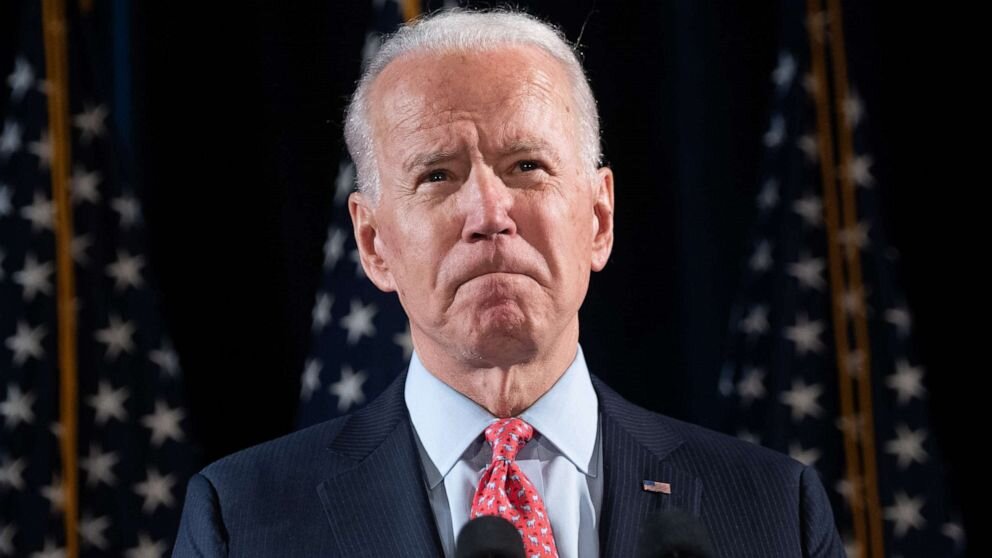American bottleneck

TEHRAN – The Biden administration has now made it clear that it expects Iran to make the first move to revive the 2015 Iran nuclear deal. On the other hand, Iran has also said that it expects Washington to break from the failed policies of the Trump administration and return to the nuclear deal.
Both sides say they are not in a rush to get the deal – officially known as the Joint Comprehensive Plan of Action (JCPOA)- revived. The U.S. has even signaled that it’s still a long way from rejoining the deal, even though it claimed that Iran has reduced the breakout time to a few months.
During his confirmation hearing in the Senate, U.S. Secretary of State Antony Blinken said the U.S. was by no means close to reviving the JCPOA all while implying that Washington would not be quick to make a decision on how to deal with the nuclear deal, a position that seemed to be inconsistent with Biden’s campaign promise.
Biden had promised in a mid-September op-ed for CNN that he will offer Iran a credible path back to diplomacy if it returns to strict compliance with the JCPOA. Biden reiterated this position after winning the U.S. election in November but said that reviving the deal would be hard and very difficult in what appeared to be a calculated policy of tempering expectations from his administration in terms of quickly reversing Trump’s policy on Iran.
Ever since Biden took office, the U.S. officials have sought to portray the U.S. as not being in desperate need to revive the JCPOA. Instead, they moved to wait for a while before taking any decision on Iran, falsely believing that Tehran is in need to get the U.S. to return to a deal that did not benefit Iran at all.
But who desperately needs to get the deal revived? Iran or the United States? To answer this question one needs to take a look at the state of play in the nuclear deal dispute.
It is safe to say that Iran does not need to get the U.S. to return to the JCPOA at any cost simply because it has already weathered the storm. The Islamic Republic of Iran has been under U.S. sanctions since the early years of its establishment. These sanctions were temporarily eased under the Obama administration for a short period of roughly two years. But Donald Trump began cranking up sanctions on Iran soon after he assumed office in 2016. The Trump administration piled up sanctions on Iran like never before, a move that was sort of a blessing in disguise because these sanctions made Iran impervious to further pressure from Washington.
The U.S. sanctions, although creating hardships for ordinary Iranians, deeply changed the dynamics of Iran’s economy, which is no longer dependent on oil revenues. More importantly, the sanctions Trump imposed on Iran deprived the new U.S. administration of the sanctions tool.
There are no meaningful sanctions left to impose on Iran. Former U.S. National Security Advisor Robert O'Brien admittedly said in October last year that the U.S. had little opportunity left to impose new sanctions against Iran.
“One of the problems that we have faced with both Iran and Russia is that we now have so many sanctions against these countries that we have very little (opportunity) to do anything about it,” O’Brien said.
The lack of sanctions opportunity against Iran prompted the former U.S. administration to resort to military tools against Iran but the Trump White House soon realized that the U.S. military tools were no longer applicable to Iran because of Tehran’s deterrence capabilities.
While the U.S. has used all of its military and non-military options, Iran has just started making use of the tools it has in its toolbox.
On Tuesday, Iran announced new nuclear measures, further reducing compliance with the JCPOA.
“Thanks to our diligent nuclear scientists, two cascades of 348 IR2m centrifuges with almost 4 times the capacity of IR1 are now running with UF6 successfully in Natanz. Installation of 2 cascades of IR6 centrifuges has also been started in Fordow. There's more to come soon,” Kazem Gharibabadi, Iran’s Permanent Representative to the International Atomic Energy Agency (IAEA), said in a tweet on Tuesday evening, adding that the IAEA is yet able to verify and is informed of the progress as planned.
Iran has also announced that it will reduce international inspections of its nuclear facilities in February if the U.S. failed to lift sanctions.
Iran has a whole lot of options at its disposal to deal with the U.S. non-compliance with the JCPOA. But the U.S. has all but exhausted its options against Iran. Some Washington hawks would love to say that the U.S. has what they call “a sanctions leverage” over Iran but with Iran’s economy getting out of stagnation by the day, this leverage began ceasing to be leverage.
Therefore, Iran is not obligated to make the first move to revive the JCPOA. It is the U.S. that needs to find a solution to what it portrays as the imminent threat of Iran developing a nuclear weapon in few months.
Leave a Comment